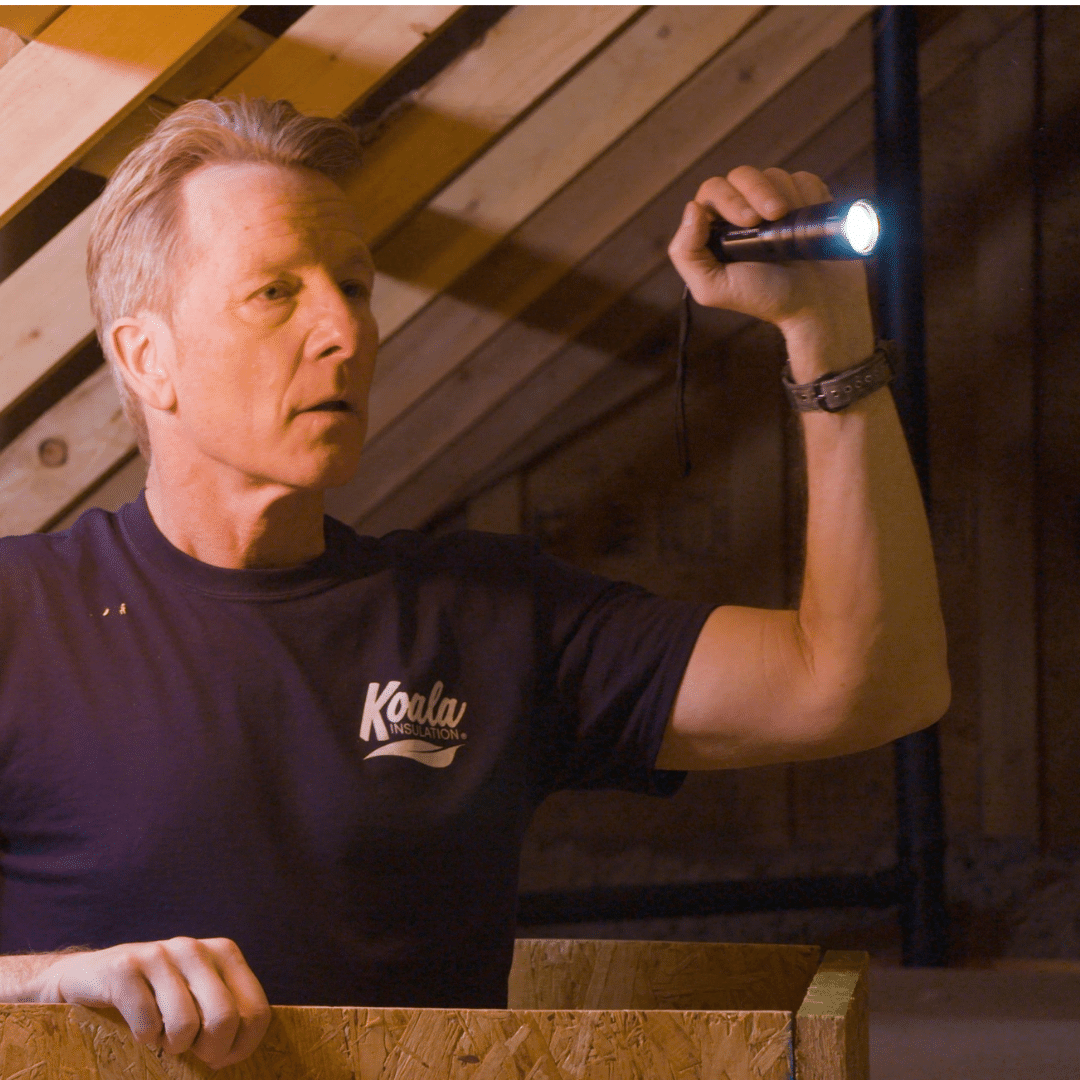How To Tell If Your Home Is Under Insulated

August 23, 2021
In any season, your insulation is hard at work keeping your home comfortable. In summer it keeps you cool, in winter it keeps you warm, and in spring and fall it regulates your homes temperature while keeping out allergens and irritant. Typically, we only think about insulation when it is lacking, degraded, or improperly installed. So, how do you know if your home is under-insulated?
Uneven Temperatures
If you have uneven temperatures in your home, your first instinct may be to change the thermostat. However, HVAC is most often NOT the culprit to uneven temperatures! So as long as you’re A/C blows cold air, your heat blows hot air, and your have ample return vents, the problem is likely a lack of insulation allowing your home to be exposed to the outside elements.
Your House is Drafty
When someone calls their home “drafty”, they’re referring to moving air from the outside to the inside of the home. Doors, windows, electrical outlets, can lights, chandeliers, and fireplaces all may be good places to begin to find where air leaks are coming from. Proper air sealing with weather strips and spray foam will close those gaps and stop the air from leaking.
High Energy Bills
Your local energy company (Ameren, Spire, etc.) can likely tell you an average energy bill for your area. If your bills are consistently high, there’s a good chance that you are losing energy (and money) through improper insulation. Upgraded insulation can save home owners tens to hundreds of dollars each year in energy bills. So, if your energy bills are high, it’s time to evaluate your insulation.
Mold and Mildew
A well-insulated home will have minimized temperature fluctuations relative to an under-insulated home. Less temperature fluctuations means less moisture build-up and condensation. If you’re experiencing mold or mildew, you should check your home’s insulation to see if it’s time for an upgrade or if it was improperly installed.
Frozen Pipes
In St. Louis, freezing pipes is a common occurrence in the cold winters and can be a costly repair. Pipes freeze simply because they are cold and exposed to the cold elements. Protecting your interior water pipes from the elements with insulation will avoid frozen pipes.
Ice Dams
Have you ever seen ice form at the edge of a roof line? An ice dam is a ridge of ice that forms at the edge of a roof and prevents melting snow from draining off the roof. Ice dams are caused by heat loss from a house melting the snow on the roof and developing an ice formation at the edge of the roof. This is a nearly sure sign that your insulation isn’t keeping your heat inside your home and it’s time to evaluate and upgrade the insulation.
Contact Koala Insulation of St. Louis, your local insulation contractor, today to solve the mystery of your hot or cold room!
www.koalainsulation.com/saint-louis
(314)-279-5064
Recent Posts:
5 Reasons One Room Is Hotter (or Colder) Than The Rest Of The House
Tax Credits for Energy Efficiency: Insulation, Air Sealing, Solar
4 Reasons Insulation is Important in St. Louis
Top 5 Perks of Solar Powered Attic Fans
Top 6 Mistakes of DIY Insulation
Find Your Location


Get a quote


